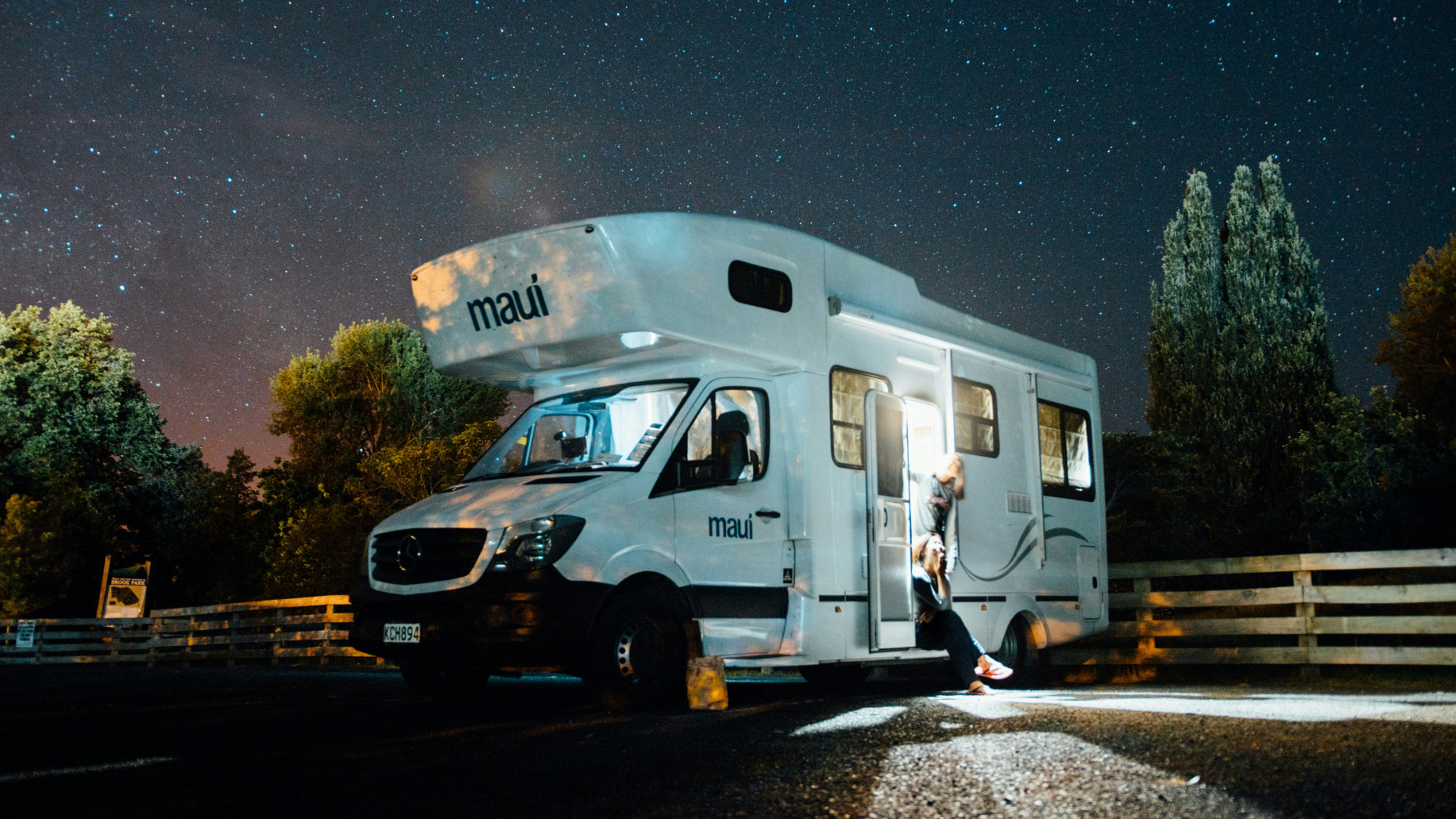In the United Kingdom, a nation with a deep love for caravans, and other recreational vehicles, one in five adults has embarked on a caravan holiday since the beginning of the pandemic. But there is an ongoing struggle to ensure that these beloved mobile holiday homes are not stolen by thieves, and traditional methods of theft prevention and recovery may be falling short. Gareth Mitchell, UK partner manager at Sigfox operator Heliot Europe, explores the potential of cutting-edge sub-gigahertz IoT technology as a discreet, robust, and effective solution for recovering stolen caravans and other recreational vehicles (RVs).
The rising threat of caravan theft
Caravan, campervan and motorhome theft is a growing concern in the United Kingdom. The latest findings from InsureMy show that caravan theft rose by seven percent in 2022 from 2021, and this is expected to continue to rise. Criminals responsible for theft are often part of sophisticated gangs of criminals, and have an awareness of owners’ habits, including where RVs are stored, their locations, and the best times to strike. Operating at night or during quiet off-season periods, a thief can break into a caravan, disable its security measures, and tow away the stolen property.
And this is made much easier when these vehicles are stored improperly in fields, or on a driveway with no protection or gates to keep thieves at bay. With an entry-level touring caravan costing upwards of £10,000, and an average motorhome insurance premium now expected to be around £480 annually – up 37 percent from £350 in just two years – the significance of the problem for insurance companies and holidaymakers alike quickly becomes evident.
Further, figures show that around 4,000 caravans, campervans, and motorhomes are stolen every year in the UK. Once stolen, these RVs often have their identification numbers scratched off and are typically moved swiftly, even across international borders, or sold as second-hand goods to unsuspecting customers. This therefore makes a timely response essential. This is where investigation teams and law enforcement come into play, striving to locate and secure stolen RVs before they cross international borders, exchange hands, or are disassembled to be sold for parts.
Improving tracking and recovery
Traditionally, police and investigation teams have relied on conventional technologies like satellite positioning, cellular networks and passive tracking for recovering stolen RVs. While these methods offer advantages, they also come with limitations. Unlike easily detectable and destroyable GPS and Wi-Fi signals, low-power wide-area network (LPWAN) signals are covert and resistant to interference.
Skilled thieves often use affordable signal jammers to disrupt traditional Wi-Fi signals. But sub-gigahertz IoT networks reliably transmit signals across a wide-area and at low-power – as per the LPWAN moniker. LPWAN technology allows for the transmission of small data packets over large distances with minimal interference. This significantly enhances its efficacy for a range of IoT applications, including for recovering stolen caravans, campervans, and motorhomes – especially in rural areas.
Once the stolen vehicle’s location is identified, law enforcement agencies can coordinate efforts to retrieve the vehicle and apprehend the perpetrators. By leveraging the capabilities of tracking technology, investigators can significantly increase the likelihood of recovering stolen vehicles and bringing the responsible individuals to justice.
Efficient and broad coverage
Experienced thieves easily locate and disable transmitters often placed in predictable spots within caravans and other RVs. Traditional tracking technologies, like GPS, have drawbacks such as high energy consumption, relying on a continuous power source and limited installation points known to thieves. In contrast, the LPWAN technologies – like Sigfox, we think – boast compact, low-energy transmitters capable of four years of maintenance-free operation.
This eliminates the requirement for an extra power source from the vehicle’s battery, enabling concealed installation in less accessible areas and thwarting detection by thieves, thereby expediting the recovery process. Operating at the 868 MHz frequency, Sigfox signals boast a range of up to 30 miles, a crucial advantage in rural areas with limited mobile network coverage. These radio signals excel in challenging environments, penetrating materials like concrete and steel, ensuring effective tracking even when thieves attempt to disable devices within the vehicle.
The ongoing battle against RV theft requires adaptive measures as thieves adopt increasingly sophisticated methods. These technological advancements now equip investigation teams and police forces with the tools needed to pinpoint and reclaim stolen caravans, campervans and motorhomes more effectively. The discreet and resilient nature of LPWAN technology presents a compelling solution for tracking stolen recreational vehicles, enabling investigation teams to effectively counter the rising threat of theft.
The Sigfox network is available in Europe; recent acquisitions of network operations [by Heliot Europe] in Denmark and the UK further enhance its appeal for stolen caravan, campervan, and motorhome tracking. Stolen vehicles can be traced even in remote areas and across international borders. Empowered by this technology, there is a stronger possibility of more efficient retrieval, offering caravan, campervan and motorhome owners, rental companies, and insurance firms an improved likelihood of recovering these cherished holiday homes.

